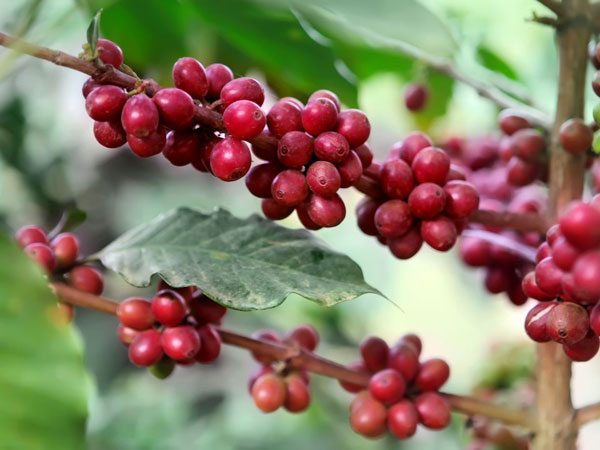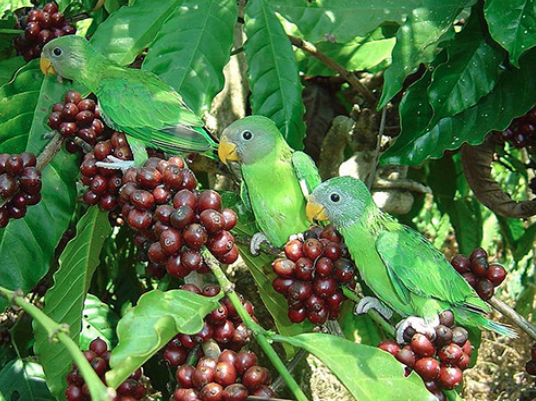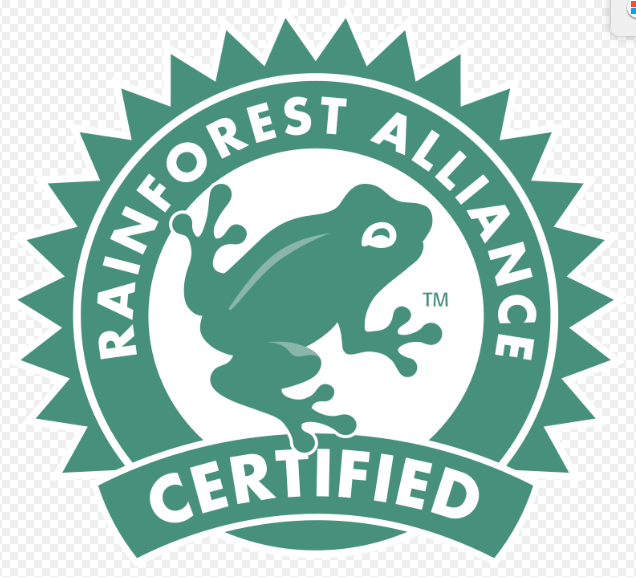
Isn’t is grand how many of the wonderful things in life come from plants? Tea, wine, beer, and of course, coffee! Coffee has been known and appreciated for many, many centuries. At first the rather bitter fruit was mixed with animal fat and eaten as the equivalent to today’s “energy bar.” It wasn’t until the 13th century that beans were extracted from the fruit and roasted to provide a beverage similar to what we enjoy today.
Coffee is such a part of our daily lives it’s difficult to imagine life without it. In the United States we consume a tremendous amount of coffee, but maybe not as much as the French writer, Voltaire, who was said to have drunk 40 – 50 cups a day! But Food and Wine magazine reports that the average American spends $1110.00 on coffee every year.
The money we plunk down for a cup of coffee is really the easy part. The more difficult part is in determining the cost to the environment.

The impact that coffee producers have on the environment depends entirely on how it is grown. Coffee is traditionally a plant that grows under the canopy of other trees so if it is cultivated in the traditional way, coffee has relatively little impact on the environment. Trouble came in the 1970’s when sun tolerant coffee plants were introduced. Considerably more productive than shade grown plants, these were immediately welcomed by much of the coffee growing industry. And the problem? To grow these sun loving plants, the rain forest has to be cut. To date, it is estimated that in Central America alone, over 2 1/2 million acres have been cleared to plant sun loving coffee trees.
The really good news is that there are still producers who rely on environmentally friendly shade grown trees for their beans. Of course, you have to be careful when buying “shade grown” because the amount of shade can vary tremendously from 10% to 100% shade.

Fortunately, there are a couple of watchdog organizations who make it easy to know who really is producing coffee in a sustainable and environmentally friendly way. The first is The Rain Forest Alliance which says this of their farms:
On Rainforest Alliance Certified™ farms, coffee grows in harmony with nature: soils are healthy, waterways are protected, trash is reduced or recycled, wildlife thrives and migratory bird habitat flourishes.
The second certification comes from a Smithsonian initiative and is called “Bird Friendly”. They explain it this way: Bird Friendly coffee supports fair and stable prices for coffee producers, healthy environments for communities, greater biodiversity and protection for bird habitats, and equal access to markets for Bird Friendly coffee producers.
Of course certified shade grown coffee is more expensive than most others but there comes a time when we must realize that our earth and all her myriad living organisms are priceless. So, help invest in our future, next time order a cup of “shade grown” – and don’t forget your travel mug!!
